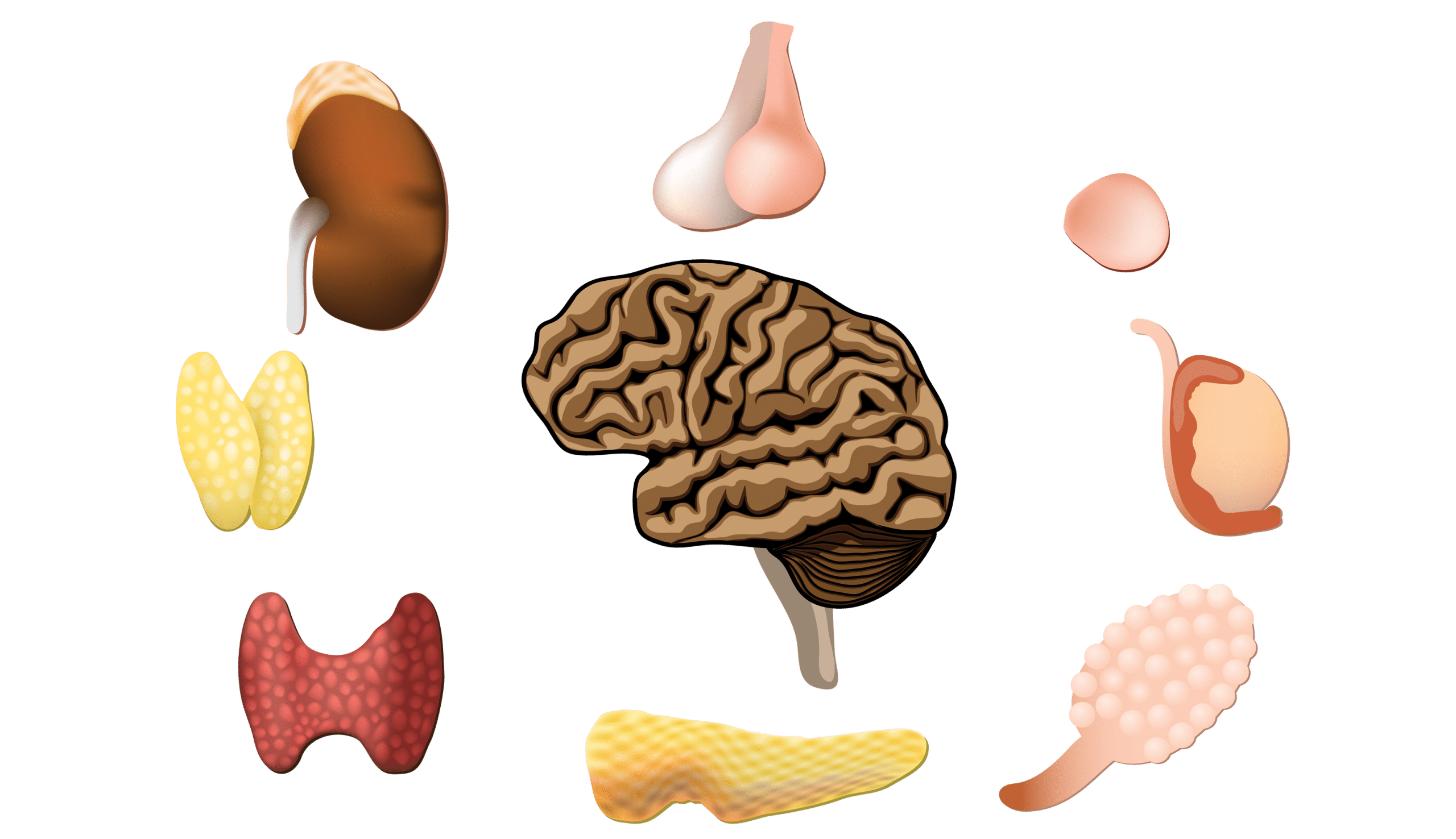
Rheumatoid arthritis is an inflammatory condition that affects the joints and other parts of the body. The exact causes are unclear, but certain factors increase the risk of it developing.
Several issues can increase a person’s chances of having rheumatoid arthritis (RA). Some are unavoidable, but a person can take action to prevent others from leading to RA.
Changing the diet, quitting smoking, looking after the teeth and gums, and taking probiotics may reduce the risk of developing this condition. In this article, learn more about the risk factors for RA and which steps can help prevent it.
TO CONTINUE READING, PLEASE USE NEXT PAGE BUTTON BELOW!
[quads id=5]
1. Genetic factors

If a close family member has RA, a person ma have a higher risk of developing it.
However, a range of environmental and genetic factors are likely to contribute. There is no single genetic change that causes RA in everyone who has it.
TO CONTINUE READING, PLEASE USE NEXT PAGE BUTTON BELOW!
[quads id=5]

2. Hormones
According to the Centers for Disease Control and Prevention (CDC), women are two or three times more likely to develop RA than men. Hormones may play a role, and research into this is ongoing.
Estrogen
High levels of estrogen, a female sex hormone also present in males, may contribute to the development of the disease.
Also, the CDC note, women who have never given birth may have a higher likelihood of developing RA.
Testosterone
Some research points to a link between low testosterone levels and RA.
In 2018, researchers published the results of a study involving 59 participants with RA and 61 participants without the condition, matched for sex and age. Those with RA were more likely to have testosterone levels outside the normal range.
Some participants with RA then received serum testosterone therapy, and the activity of their RA reduced. The study’s authors believe that hormone replacement therapy may help treat symptoms of RA.
Menopause
During and after menopause, some females with RA experience a decline in physical ability, according to results of a different 2018 study. This finding also suggests that hormones play a role in the progression of RA.
Meanwhile, research in animals and humans suggests that receiving estrogen replacement therapy after menopause may increase the risk of developing RA.
HEALTHLINE RESOURCEGet Real Answers About Managing RA
Dig into collective wisdom and support from our powerful, free rheumatoid arthritis community. Tap into unlimited Bezzy RA articles.
TO CONTINUE READING, PLEASE USE NEXT PAGE BUTTON BELOW!
[quads id=5]
3. Age
RA can develop at any age, but the risk increases as people get older. It is most likely to arise when a person is in their 60s, according to the CDC.
[quads id=5]
4. Smoking
Scientists have found links between smoking and an increased risk of developing RA, even among people with low-level, lifelong exposure to smoke. Also, heavy smokers may have more severe RA symptoms, the research suggests.
Smoking can cause oxidative stress and increase the frequency of the body’s inflammatory response. It can also make some prescription RA medications less effective.
[quads id=5]
5. Stress
Some researchers believe that stress may play a role in RA. For example, the way the body reacts to stress may worsen symptoms.
People with rheumatic conditions often report that their symptoms first appeared shortly after traumatic or stressful experiences, and many people find that stress causes RA symptoms to flare up.
[quads id=5]
6. Obesity
The CDC report that obesity increases the risk of developing RA.
Also, researchers associate obesity with several health issues, such as metabolic syndrome, that can exacerbate RA symptoms. For example, inflammation is a common feature of both obesity and metabolic syndrome.
[quads id=5]
7. Health inequity
Results of a 2018 study from Taiwan suggest that socioeconomic status may affect the risk of developing RA. The authors found that people had a higher chance of developing it if they lived in an area where a low monthly income was common.
This could be due to factors such as occupation, housing conditions, stress, and diet, but access to healthcare may also play a role, as the researchers note.
The authors of a 2014 study in the southeastern United States concluded that socioeconomic factors and racial prejudice may help shape the experiences of African Americans with RA. They called for more research into these effects on African American people in other regions of the country.
[quads id=5]
8. A previous infection
An infection’s impact on the immune system may trigger RA. According to 2013 research, an infection may have this effect if:
- Part of the immune system loses its ability to handle certain microbes, such as bacteria or viruses.
- The infection triggers the production of new antigens, causing the immune system to become overactive.
- The immune system’s response to the infection also attacks some of the body’s functions, in a process called “bystander activation.”
Which infections may contribute to RA?
Some people develop signs of some kinds of arthritis within 4 weeks of experiencing a genitourinary or gastrointestinal infection. Some research indicates that the following infections, in particular, may contribute to RA:
- a urinary tract infection with Proteus mirabilis bacteria
- an infection with the Epstein–Barr virus
- an infection with bacteria in the Mycoplasma genus
- some types of gum disease
Gum disease may be twice as common in people with RA than in those without the condition. This does not necessarily mean that having gum disease increases the risk of developing RA, however. Other factors may need to be present to trigger arthritis.
Other pathogens that might trigger arthritis or cause symptoms similar to those of RA include:
- HIV
- parvovirus
- hepatitis viruses B and C
- alphaviruses, such as chikungunya
TO CONTINUE READING, PLEASE USE NEXT PAGE BUTTON BELOW!
[quads id=5]
9. Gut bacteria
A 2013 that 75% of participants with new-onset, untreated RA had Prevotella copri bacteria in their intestines. This was present in only 21% of participants in a control group and in only 12% of a group receiving treatment for chronic RA. The researchers proposed that P. copri may play a role in inflammation, which can help trigger RA.
Authors of a 2016 study concluded that people with RA may have an abundance of certain microbes and that finding indications of these microbes in the gut may predict the development of the disease.
Almost a year later, in an animal-based study, researchers found that altering the balance of microbes in the gut could prevent the onsetTrusted Source of RA.
TO CONTINUE READING, PLEASE USE NEXT PAGE BUTTON BELOW!
[quads id=5]
10. Diet
Dietary factors can affect the risk of many diseases, and some researchers have suggested that certain substances in foods can trigger the onset of RA.
Authors of a 2018 study found that a type of bacteria in some milk and beef may trigger RA in people with genetic predispositions.
A year earlier, other researchers had identified a number of foods that may help reduce inflammation in people with RA, possibly due to their antioxidant properties.
The researchers recommended, among other foods:
- raw or lightly cooked vegetables, especially legumes and green vegetables
- spices, such as turmeric and ginger
- seasonal fruits
- probiotic yogurts
They urged people to avoid animal-based products and foods that contain high amounts of salt and oil, including many processed products.
The research team did not suggest that dietary interventions could prevent RA but that consuming anti-inflammatory foods may help manage the symptoms.
Takeaway
The exact causes of RA remain unclear, but experts have identified some factors that may increase the risk of developing it.
Some of these, such as age, are unavoidable. However, some lifestyle choices, such as quitting smoking, can help prevent the condition.
